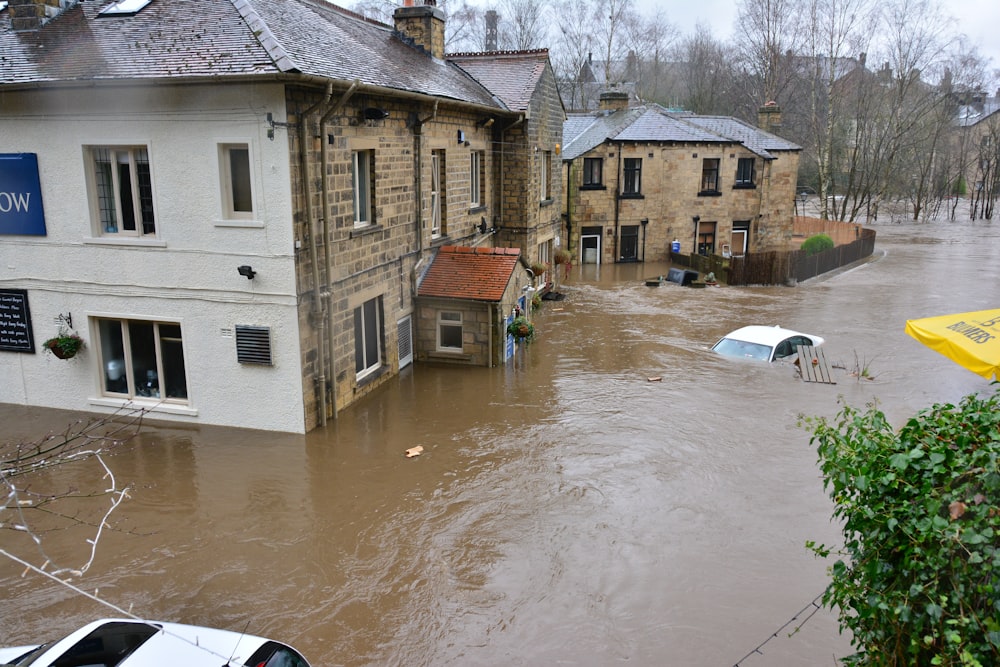El Niño is in full swing, and the Golden State is gearing up for a wet spring. Thanks to a blistering year of drought, the state has been battling fires. These have left the soil loose, damaged, and prone to moving in the sudden drenching rain. As a result, Californians are keeping a vigilant eye out for floods and dangerous mudslides. This is why we’re talking about preparing a flood safety plan.
Since emergency preparedness is a many-headed beast, a quick glance over some general flood safety tips will only help you and your roommates be better off in an emergency. Especially since flash floods are the number one cause of weather-related deaths in the U.S. So, ready to go back to school?
How to Prepare Before a Flood

As with any emergency preparation, it’s not difficult, and a little practice can go a long way. Ready.gov and Dr. James Howard, a data scientist, and flood insurance expert, has a few easy tips to help you and your roommate be thoroughly prepared in the case of a flood.
Know your local area.
Howard recommends knowing where the floodplain is, what your associated risk is, and the history of flooding in your area. If you know that you live in a high-risk area, keep your eye on the news. Make sure you’re ready to move by mapping out an escape route to higher ground ahead of time.
Prepare a kit.
Yes, you hear it a lot, but common necessities are easy to overlook when they’re always on hand. You’ll have little time to react in the event of a flood, and having a pre-packed bag of sealed foods, first-aid equipment, a flashlight, and batteries could mean the difference between life and death.
Get flood insurance.
Do you have renters insurance? Check and see if it covers the cost of floods. Most renters insurance will not, and even if you don’t own your home, you’ll need flood insurance to cover the loss of possessions due to flooding.
Learn the flood safety tips before a flood, not during.
Make sure reviewing flood safety is part of the preparation plan for you and your roommates. The last thing you want is to be scrambling to educate yourself when the weatherman is telling you to hit the hills.
Do not drive or walk-in floodwater.
“Do not try to cross standing, and especially rushing, water either in a car or on foot,” warns Howard. “Even a couple of inches of moving water can sweep you off your feet or send a car out of control.”
Turn your electricity off.
“If there is time, and it’s feasible, shutting off the power to your home at the main circuit breaker will reduce electrical risk inside the house,” says Howard. “Once the waters are rising, avoid anything electrical, such as downed power lines.”
Do not drink, eat from, or be in contact with floodwater if possible.
Floodwater is usually toxic and is notoriously accompanied by backed-up sewers, overflowing dumps, and collected waste and chemicals, so you do not want to be near it whatsoever. “Less obviously, clean yourself thoroughly with soap and clean water if you’ve been in contact with floodwaters as soon as possible,” Howard suggests. “Floodwaters are chemically and biologically contaminated, and this will reduce the risk of an acquired infection.”
For more information, refer to this video below:
D’you know what else Roomi does outside of helping its readers understand the basics of a flood safety plan? With our ever-increasing lists of rooms and roommates across the world, we help you find your perfect match! Download the app here and hop on the easiest ride home, ever!



Leave a Comment